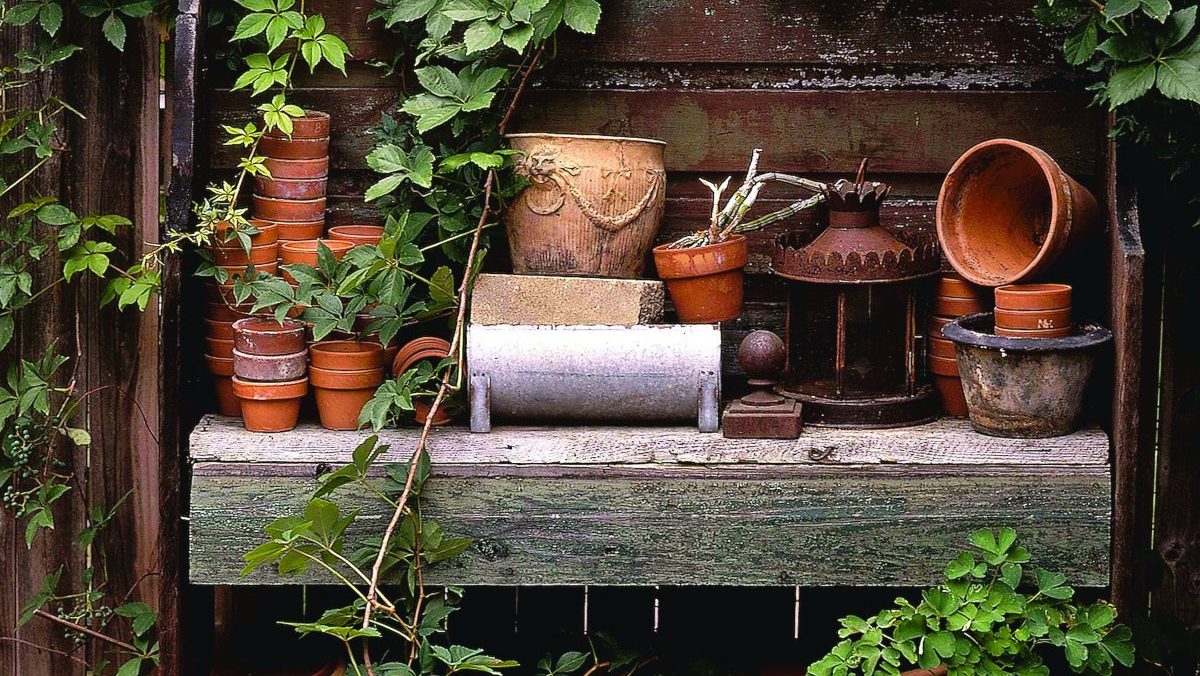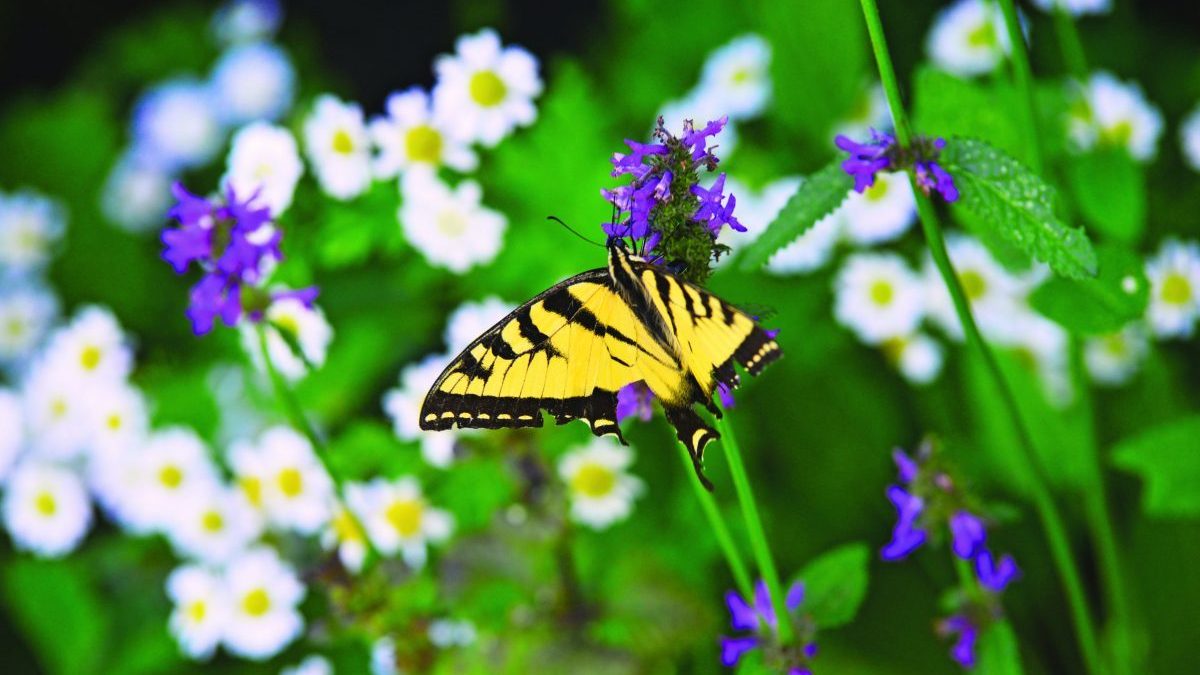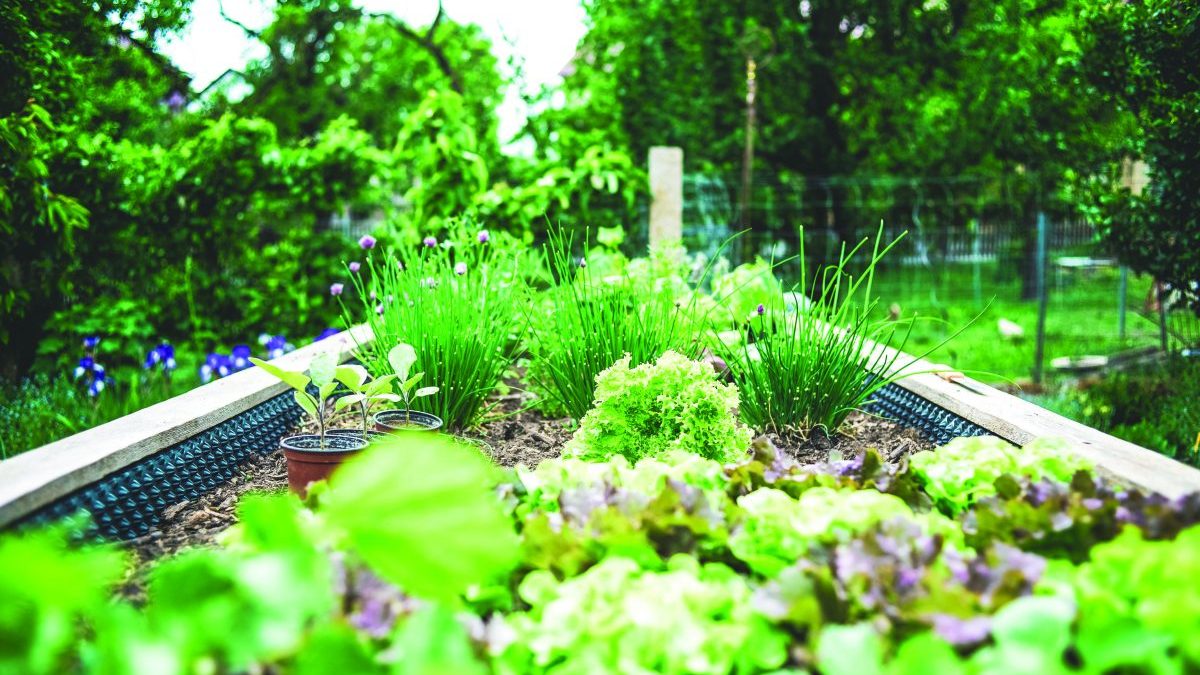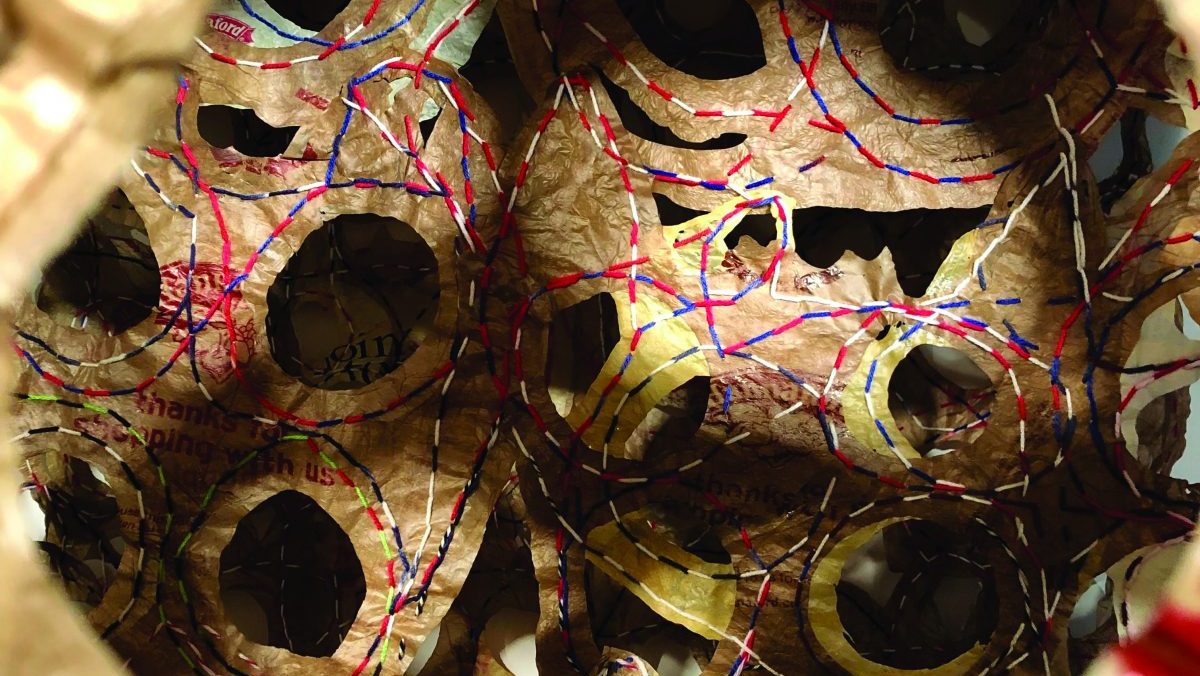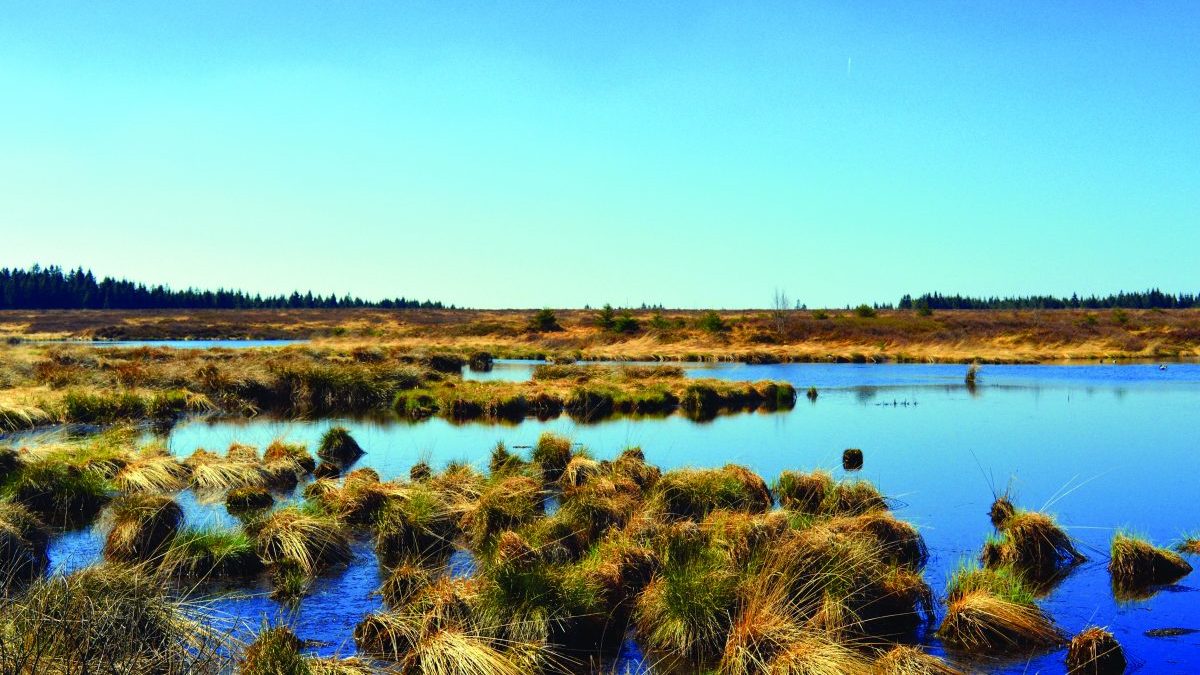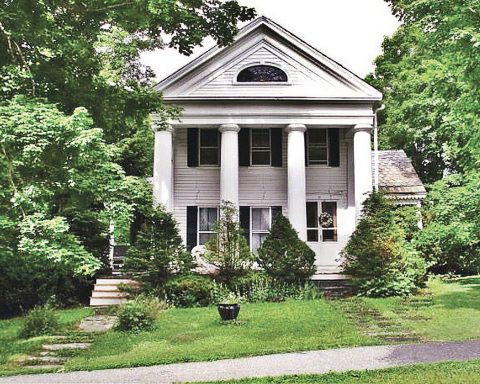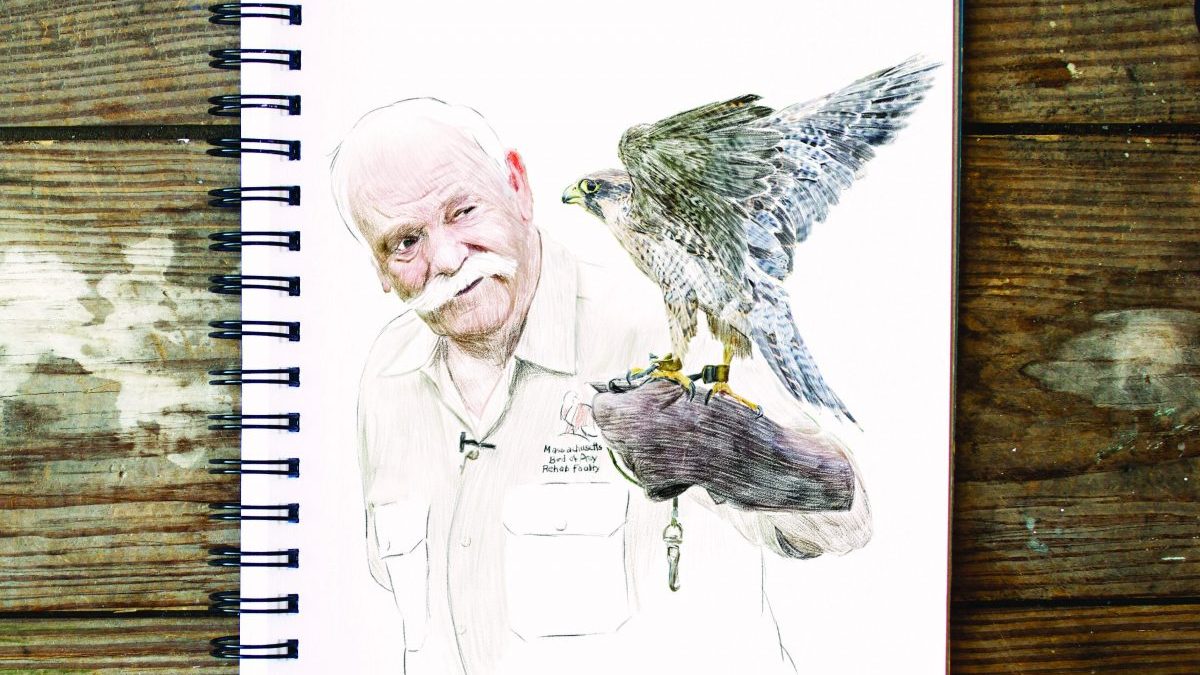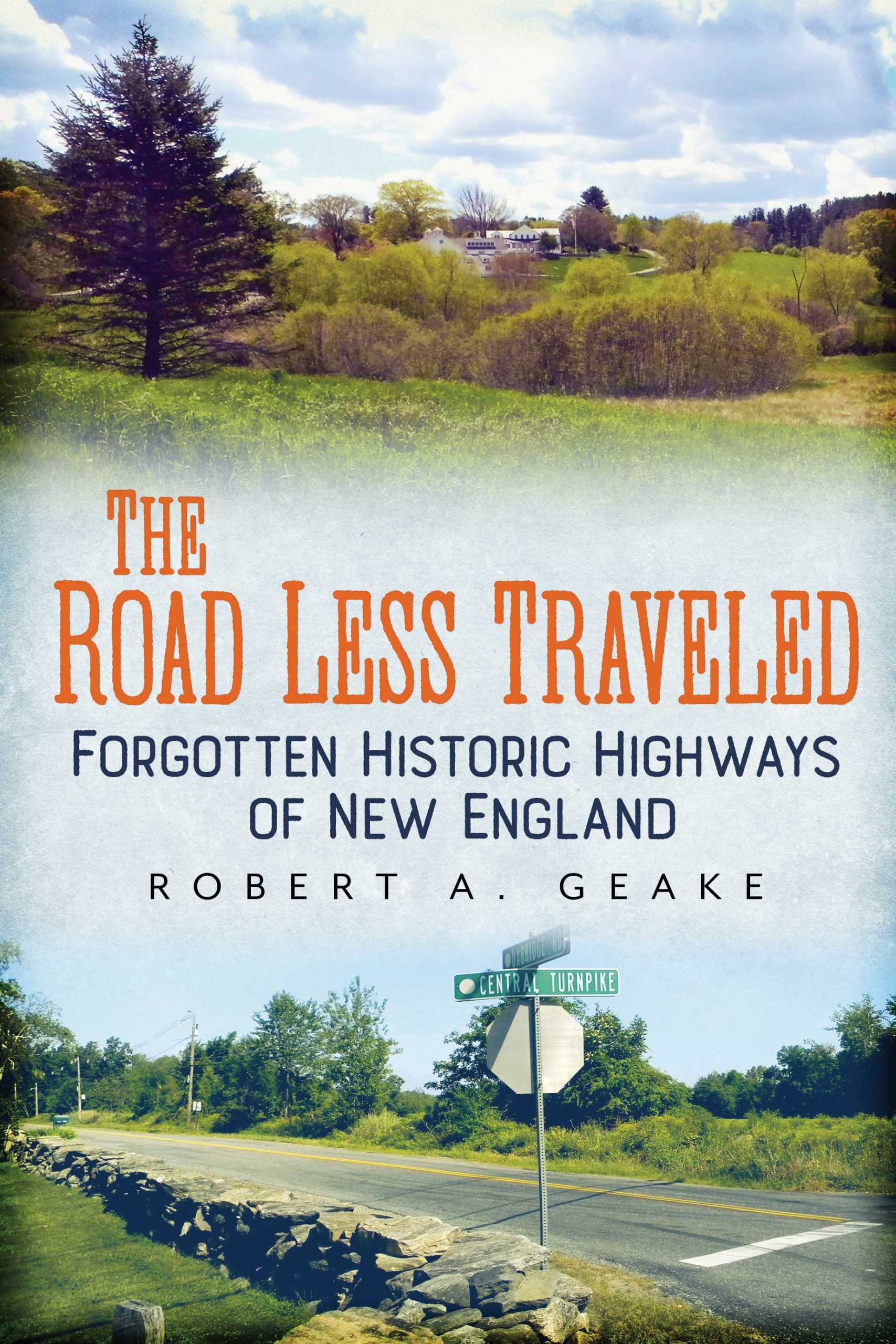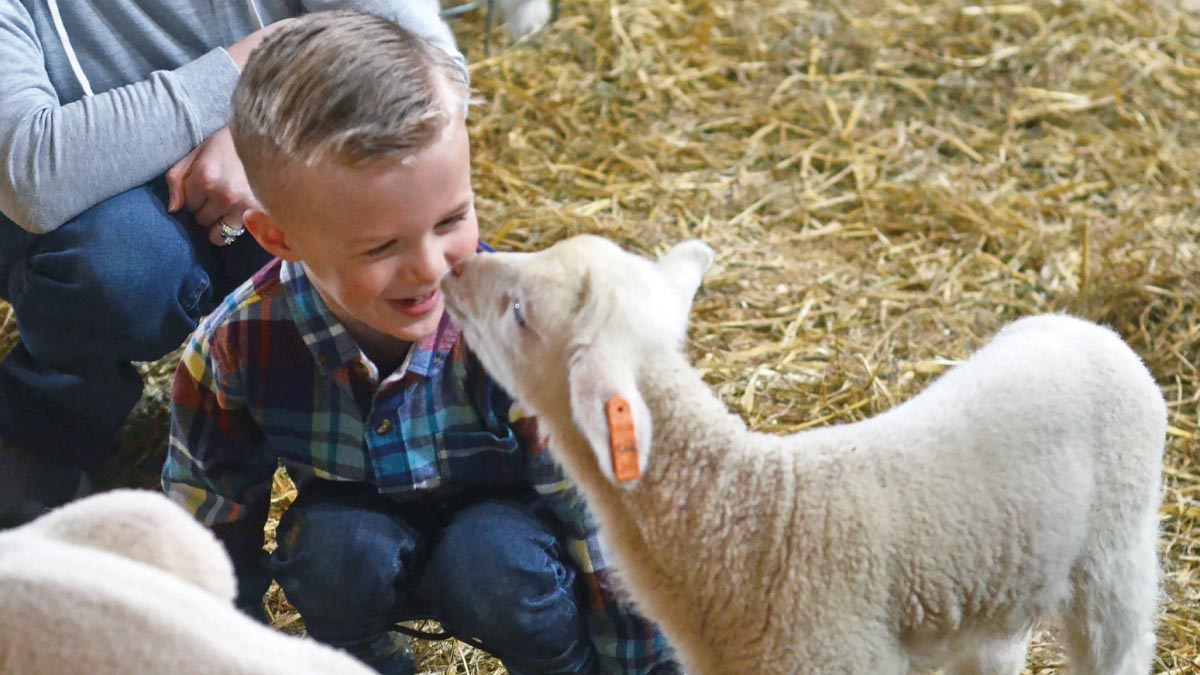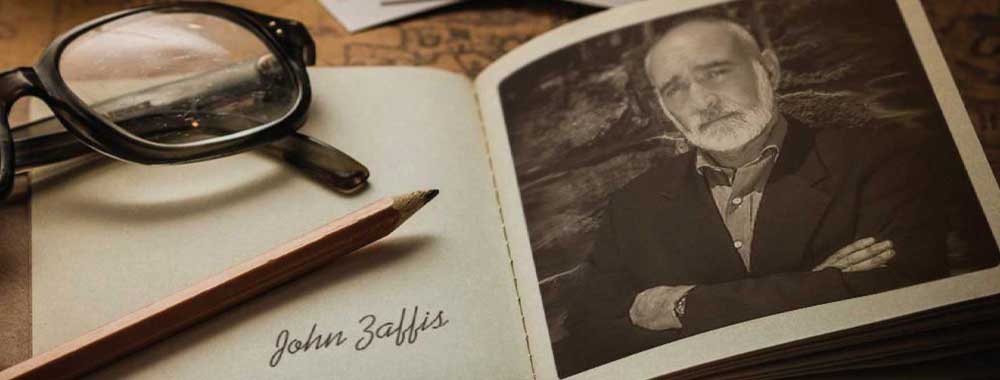
By Telly Halkias
MANCHESTER, Vt.
When Ellen Ecker Ogden moved to a 10-acre farm in Landgrove, Vt., in 1980, she didn’t envision herself as a nationally respected author of gardening books and cookbooks. Since then, the Manchester Village resident has authored several garden- and cooking-related titles, with her latest release, “The New Heirloom Garden” a garden design and cookbook all in one.
Available at the Northshire Bookstore in Manchester, as well as online, “The New Heirloom Garden” debuted on Amazon at No. 1 in garden design book sales. Ogden has been featured in national magazines, teaches classes and regularly speaks on the subject. She also offers online classes on garden design and writing via her website, ellenogden.com.
Recently, Ogden had an opportunity to briefly chat with UpCountry about life in the garden, the kitchen and her book:

Q: How did you get started with gardening?
A: I was raised in Weston, Mass., graduated from college with a degree in fine arts and art history, married and moved to Landgrove in 1980. We built our post-and-beam house, raised livestock and a big garden, plus two children.
In the early years, I had a fashion design business, and my husband grew organic vegetables for the local chefs. We tended a 10-acre farm, which supplied a farm stand. In 1984, we started a seed catalog called The Cook’s Garden. He was the gardener and I was the cook, based on hard-to-find heirloom salad green seeds from growers in Italy, France, Holland and England that we imported.
Q: Could you describe your rookie days in the garden, and how you moved on from there?
A: My role in our business was to taste everything in the garden, write about it for our catalog, because we did not have color photos, and develop recipes to encourage our customers to try to grow something new. At the time, arugula, chicories and mesclun greens were fairly unknown salad greens, unless you had traveled to Europe, and we sold the seeds for gardeners who wanted to grow unusual and out-of-the-ordinary varieties in their home gardens.
Q: It sounds like you got more serious; what were your next steps?
A: Eventually, I grew cut flowers for our farm stand, and also planted a large herb garden with both culinary and medicinal herbs. In 1998, I traveled to Venice, Italy, to study cookery with Marcella Hazan, and in 1999, I studied cookery at the Ballymaloe School in Shanagarry, Ireland. These experiences piqued my interest in learning to grow a beautiful European-inspired potager-style garden, which we did as a show garden.

Q: What is heirloom gardening, and how did it originate, historically?
A: The word “heirloom” is two words: heir [equals] inheritance and loom [equals] tool. Heirloom seeds are what everyone grew before plant breeding hybrids, which is a cross between different varieties and the seed does not always grow true to the parent plant.
My new book was inspired by a seed. Like many other gardeners, I love to order seeds, and one day was ripping open the packets and pushing the seed into the ground. I stopped, and began to look more closely at the colors, shapes and sizes of the seeds, and became totally fascinated by seeds. I started to research more about how they were grown and then began to save plants in order to grow my own seeds.
This led me to learn about heirloom and open-pollinated seeds, the stories behind the seeds, and the people who save seeds. (In my book, there are interviews with expert seed savers.) Many seeds have been handed down from families with names of either the person who grew them or the place where they were grown.
Q: You mentioned hybrids; what is the difference between heirloom, hybrid and GMO vegetables?
A: Heirloom seed is also open-pollinated, which means that if you allow the plant to set seeds and save the seeds, you can grow it again the following year. Of course, there are all sorts of variables, such as cross-pollinating, and an art and science to save seeds so they are viable, yet, this is the basic idea.
Hybrid are seeds that have been bred for certain favorable attributes – disease resistance, strong stems, ripening early, later or all at the same time, etc. The seeds from these plants may either be sterile or not grow true from seed a second year.
GMO is available for large-scale farmers and not for home gardeners, and is a separate topic and discussion. GMO means genetically modified, and they are protected by patents, and contracts are issued in order to grow the seeds.

Q: And from the book, you seem to have a great affinity for flowers in a garden.
A: Agreed! Flowers and food should always be grown together. I am not sure why we have separated them in our minds and our gardens. The best gardens always contain both, which is good for pollination and also to establish a lovely aesthetic.
Q: What are some of the things that people who want to pursue heirloom gardening should know before they start?
A: “The New Heirloom Garden” offers designs that serve as templates for gardeners to create a garden that’s an alternative to basic raised beds, or a standard square box shape. As an artist, a cook and a garden designer, my goal was to inspire gardeners to design their gardens to be more fun, whimsical, engaging and artful.
I encourage gardeners to grow heirlooms, because heirloom vegetables generally have better flavor, the flowers are more fragrant, and the herbs and fruits are more interesting than standard fare. I wrote this book to encourage appreciation of heirloom varieties, and to encourage all gardeners to seek out plants that will fill up all of the senses.

Read It
“The New Heirloom Garden: Designs, Recipes, and Heirloom Plants for Cooks Who Love to Garden”
By Ellen Ecker Ogden
256 pages
Published by Rodale Books
Paperback | $24.99
Telly Halkias is a national award-winning, independent journalist. He lives and writes from his homes in Southern Vermont and coastal Maine.
